Bringing Property Management In-House
LSCRE chose to bring property management in-house to ensure focus on our own assets, mitigate risks, and appeal to investors. By launching Radiance Living, we prioritize the success of our investments, maintain consistent operations, and plan to scale our operations to over $1B AUM.

It is not common for multifamily private equity firms to have in-house property management, and it is even more rare for a company as small as LSCRE to be vertically integrated. This causes many people to ask us why we chose to bring our property management operations in-house and to do so prior to something like $500MM AUM. We have experienced both the highs and the lows of 3rd party property management, so we recognized early on the value of having greater control over our operations and personnel.
The first major point is about focus. LSCRE launched Radiance Living in August 2021, a Houston-based multifamily property management company. Radiance Living only manages property in LSCRE’s portfolio. We don’t take on any 3rd party. Management business. This allows our management team to focus solely on our own assets, making the success of LSCRE’s investments priority number one. This means that profit at the Radiance Living level is secondary which allows the team to be spread over a smaller number of communities, unlike 3rd party management companies which have a clear incentive to accumulate as many 3rd party management agreements per as few employees as possible. Instead, our mission is to empower our people to think outside of the box and go the extra mile when it comes to the implementation of our business plans and management of our portfolio.
The other benefit of in-house property management is risk-mitigation. When building out additional lines of business, businesses can choose to focus on creating a profit center or a risk-mitigation strategy. For our management company, our focus is on the latter. Through vertical integration, we believe we can achieve better employee satisfaction and retention which will allow for more consistent operations. We also have better visibility into our operations and are better able to avoid being blindsided by a problem only becoming apparent in a monthly or quarterly report later down the line.
Lastly, a somewhat “hidden” benefit of in-house property management is the fact that investors, particularly institutional investors, love it. The vast majority of family offices and funds prefer to work with sponsors that are vertically integrated because of the reasons stated above. Investors believe that a sponsor can add more value through their own management and provide more attention to the investment. We are always looking to position ourselves as the most attractive partner for investors, particularly more sophisticated/institutional investors, which is a big reason why we focus on improving our in-house operations as well as our robust and transparent reporting.
The reason we vertically integrated at an earlier stage than most is because we recognized the value of beginning to build the right team and systems early on rather than accrue more technical and process debt which would later have to be paid with interest. As you can imagine, it would be a nightmare to try to transition a billion-dollar portfolio from 3rd party management to in-house all at once. Instead, we started our management company while only managing about 1,000 units (~$100MM AUM). Our team and portfolio has grown since then and we are confident in our ability to scale both our private equity and management operations to well over $1B AUM within the next five years. The next step for us in 2022 is to bring construction management in-house. I look forward to sharing updates with you on that soon.
